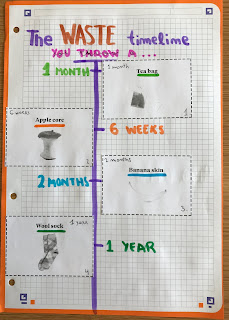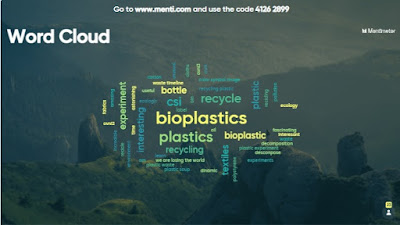I started to create this learning scenario the last academic year and during this current period I have continued working on it, including new resources and activities to enrich the unit. Also the fact to work with a different group of students make it more interesting.
The topic is plastics, focused to real life. Students discover the types of plastic, the real information that appear printed, the Pacific Garbege Patch, the lifecycle of a plastic bottle, the textiles, the bioplastics and how to make bioplastic at home...
Different resources were used. All material created (we work with worksheets, I prepare them for the students to work) are upload to a onenote

Finally they made bioplastic at home and the experiment was share with classmates at home.

The learning scenario is based on worksheets created by the teacher. All the material used can be found here.
To create the material I was inspired by several resources, such as this one included in the Scientix Repository http://www.scientix.eu/resources/details?resourceId=6810
I encourage other teachers to visit this site and have a look to the resources there to use them in their lessons. It is a present-day topic and, from my experience, students learn and have fun at the same time.
LAST GRADE PROJECT
A student in last grade develop a project based on bioplastics. And she made bioplastic at home but using other materials (agar agar) All research can be found here


























